What is the solution to homelessness and the ecological harm done when creating social housing through cement structures? The resolution though architectural is also a cultural one where we must shift how approach the domestic sphere.
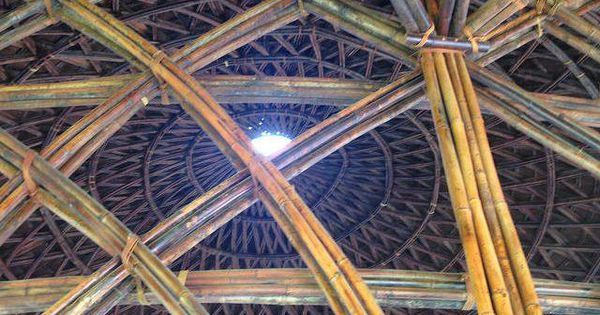


DOST-Philippines Undersecretary for research and development Rowena Guevara had recognized that to promote wider interest on the study and use of space technologies in the country, they have to get more academe-based engineers into the program.
The Department of Science and Technology (DOST) will get academe-based engineers outside of the University of the Philippine-Diliman to join the country’s microsatellite building program. by Rainier Allan Ronda.
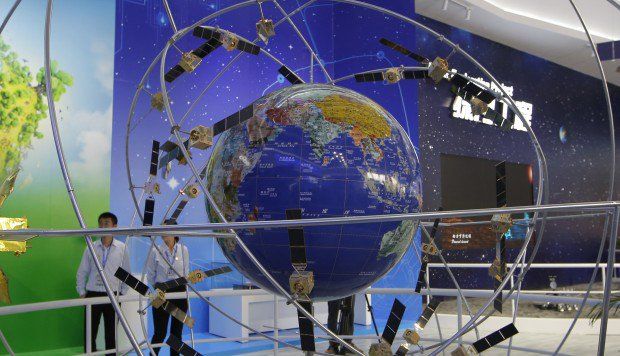
China moved a step closer to its dream of building a satellite navigation system that could challenge America’s GPS.
Aerospace firm plans a giant leap for Chinese satellite coverage with global network
Yang Changfeng, the chief designer of the system, said a basic Beidou-3 network would be in place by the end of the year to serve countries that have signed up for China’s Belt and Road Initiative – an ambitious transcontinental infrastructure initiative.
“This is a key step for Beidou to develop from a domestic experimental system to a regional and then a global navigation system,” said Yang Changfeng.
Since the very first module Zarya launched from Baikonur Cosmodrome on 20 November 1998, the International Space Station has delivered a whole new perspective on this planet we call home. Join us as we celebrate 20 years of international collaboration and research for the benefit of Earth with our astronaut Alexander Gerst’s longest timelapse yet!
In just under 15 minutes, this clip takes you from Tunisia across Beijing, China and through Australia in two trips around the world. You can follow the Station’s location using the map at the top right-hand-side of the screen alongside annotations on the photos themselves.
This timelapse comprises approximately 21 375 images of Earth all captured by Alexander from the International Space Station and shown 12.5 times faster than actual speed.
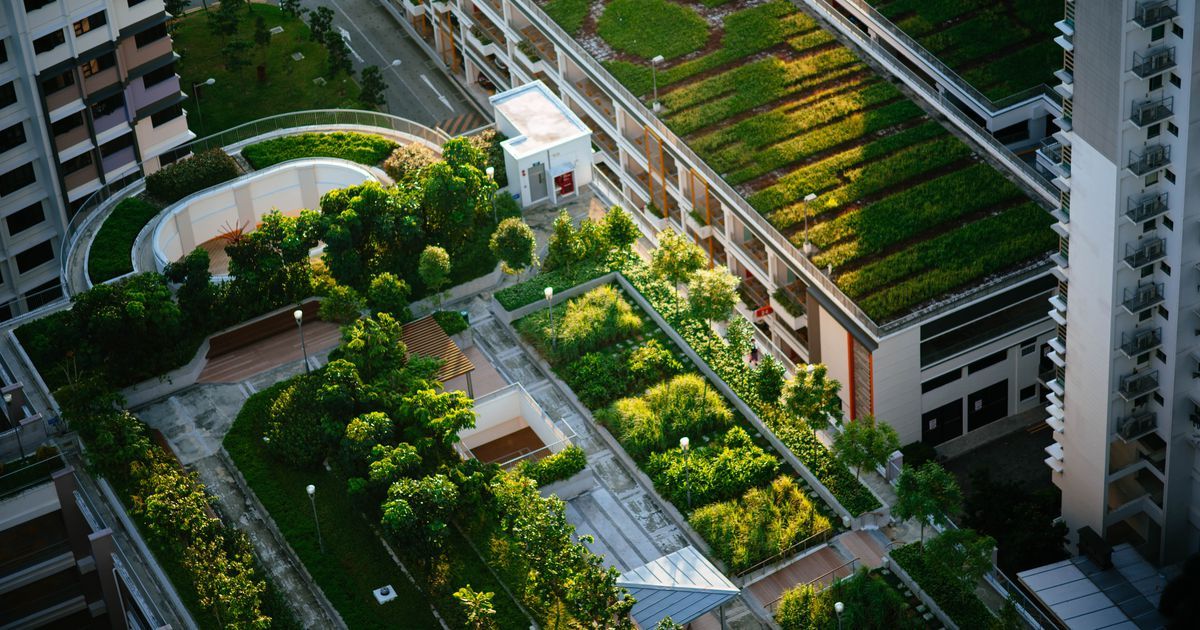
Eco-consciousness is a hot trend. It’s become common occurrence to see shoppers with reusable grocery totes at the supermarket. Bamboo straws are flying off shelves as people opt for eco-friendly products. Urban gardening and composting, too, has taken root as consumers try to minimize their carbon footprints.
These small actions are encouraging first steps, but they’re not enough when it comes to tackling agricultural contributions to climate change. Strong-worded warnings from the UN’s Intergovernmental Panel on Climate Change (IPCC) detail the potential for climate disasters to worsen if modern consumption patterns don’t change — and soon.
There’s evidence that reimagining urban environments’ food systems might help reduce carbon emissions. With more than 60% of the global population expected to live in cities by 2030, urban agriculture might be one piece of the puzzle for reducing strain on city resources. The practice typically involves growing food in smaller, city environments such as on rooftops, apartment balconies, or even walls.
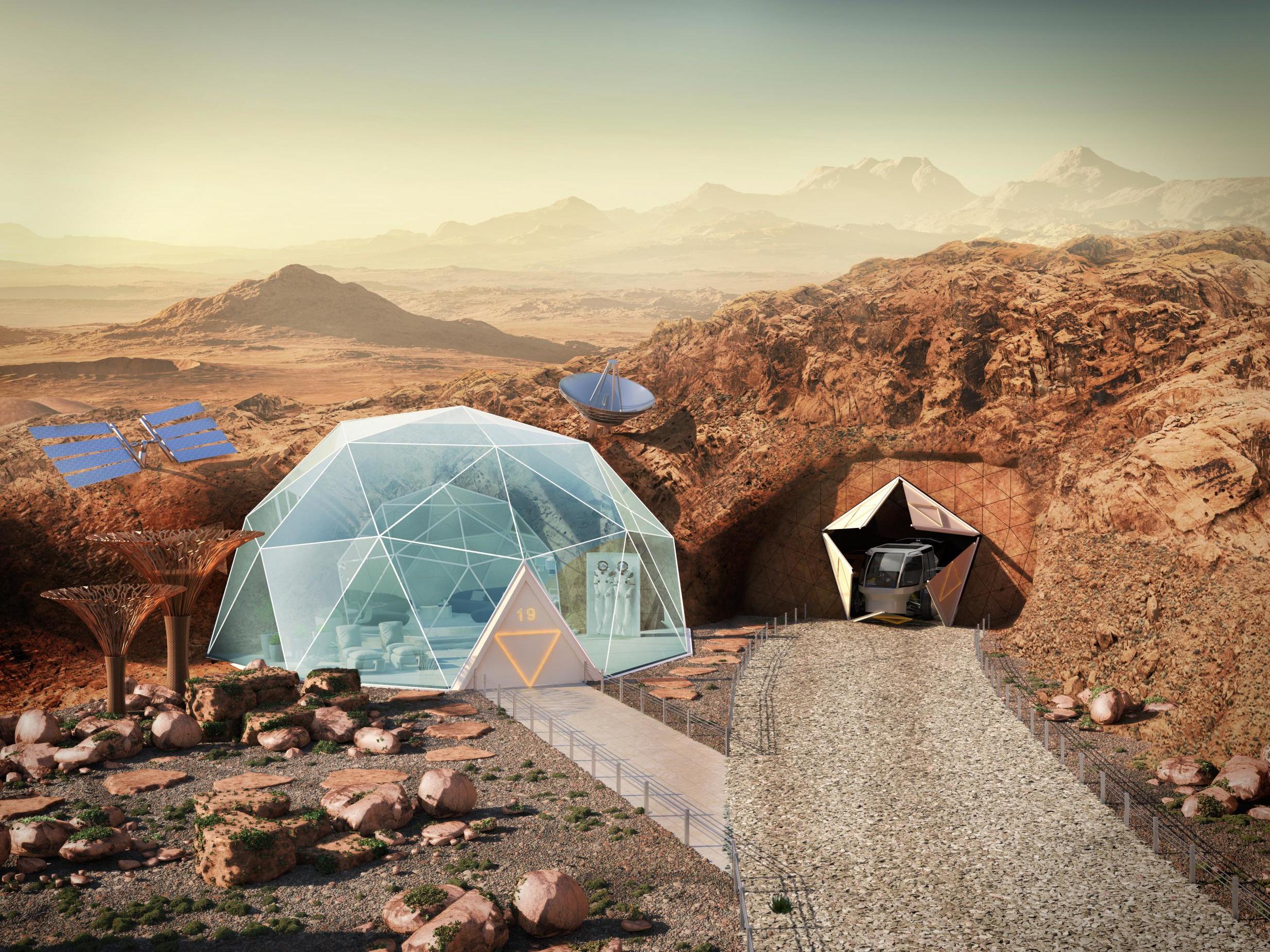
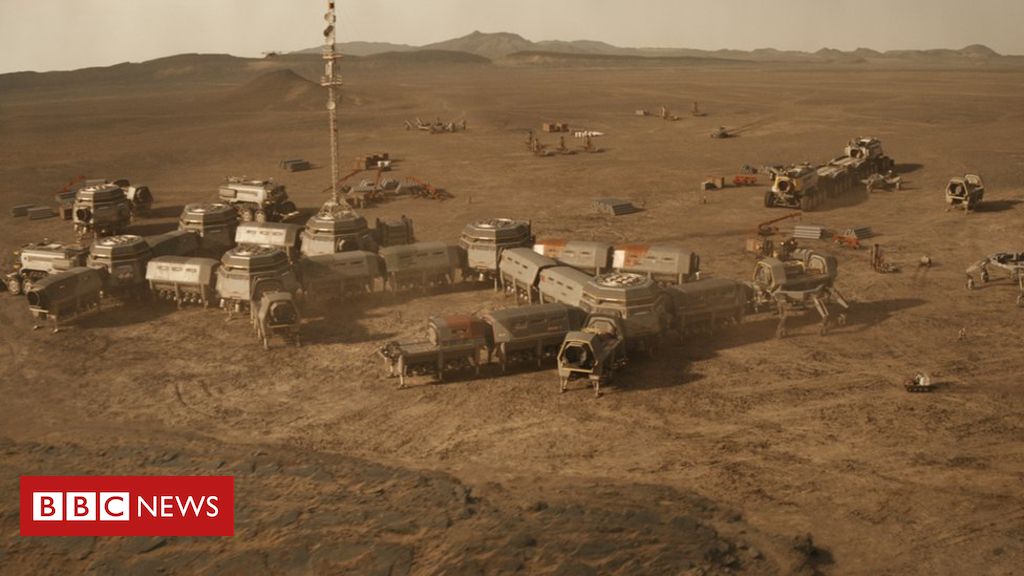
To mark the second season of the television series Mars, Hollywood director Ron Howard talked to the BBC about creating a realistic depiction of the first human colonies on the Red Planet.
If humankind is to expand out into the Universe, then Mars is likely to be our first stepping stone. With an atmosphere largely consisting of carbon dioxide and temperatures that vary between 20C and −125C, the Red Planet isn’t exactly ideal for human occupation.
We’d have to adapt to living almost entirely within sealed habitats — so outdoors-y types need not apply.
In the spirit of Halloween, where ghouls, ghosts, and vampires walk among us, our perception of reality will soon transform as well, forever possessed by the specter of Transhumanism!
Last year, I wrote about how people could transform themselves into one of my favorite horror creatures—a real-life werewolf—using modern science and tech. This merely scratches the surface, however, in terms of how far an individual can go. In a Transhumanist future, you’ll be empowered to not only question the extent of your humanity but equally put those questions into action.
The route one would be able to take would be in abundance. Some will choose a cybernetic route, replacing their organs and limbs for artificial machines, and even potentially adding newer organs and limbs alongside the ones they already have. Others may choose a more biological route by using gene-editing tech and synthetic biology, enhancing themselves at the genetic level and using stem cell therapies to maintain their bodily health for prolong periods of time.
And then there are those who’ll attempt to move far beyond their biological or technological state. Technologies like nanotech, mind uploading, etc. will allow individuals to downscale their physical appearance—or, perhaps, do away with it altogether; to become beams of light cascading across the digital world, living under the embodiment of code. And wherever that code resides, that’ll be your exterior shell. If you were to upload yourself into a smart home, for example, you would become that home, haunted by your digital presence.

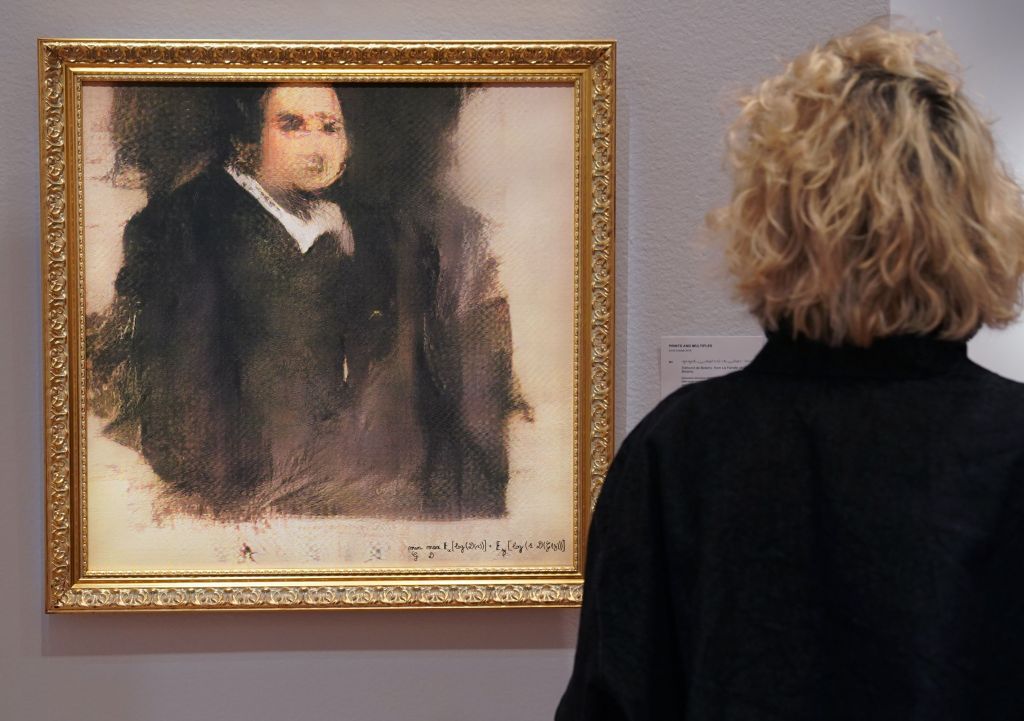
A “portrait” that is the first piece of artificial-intelligence art sold by a major auction house shattered estimates, selling for 45 times what was expected.
“Portrait of Edmond de Belamy” was sold Thursday at Christies in New York for $432,500. It had been expected to go for $7,000 to $10,000. The buyer was not revealed.
The painting is one of 11 portraits of a fictional family created so far by the Paris-based art collective Obvious.